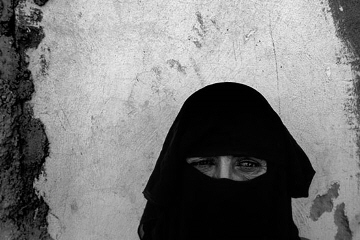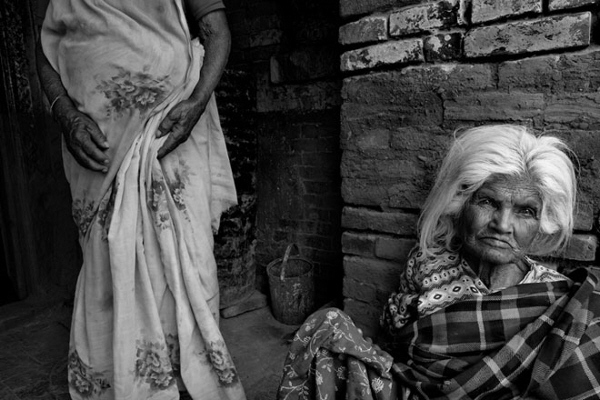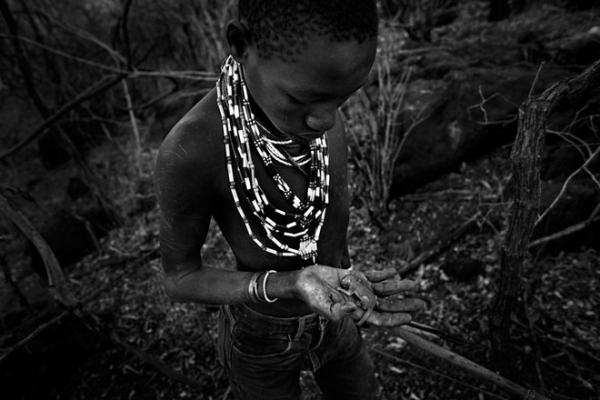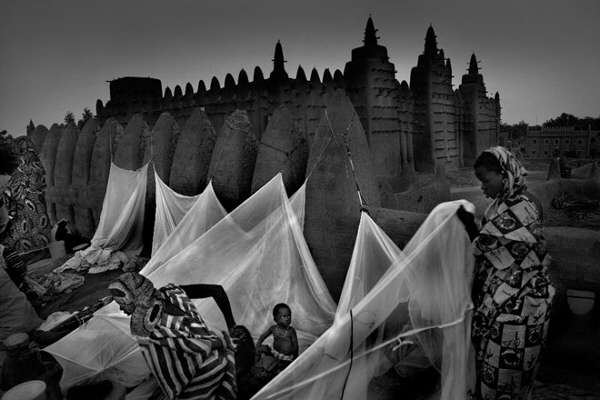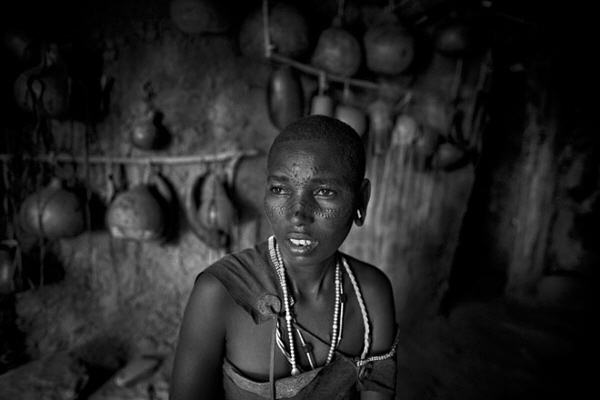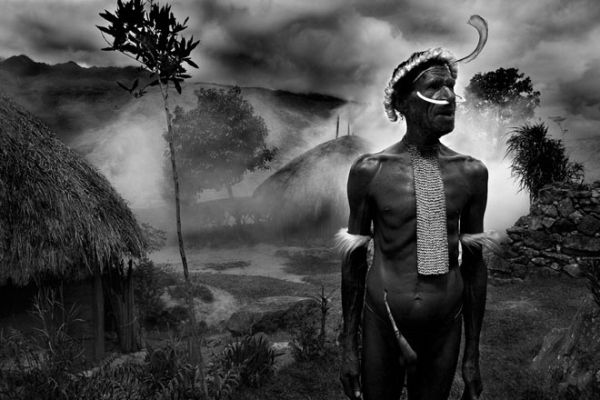
All photographs courtesy of Larry Louie
Larry Louie is an award-winning photographer whose work has appeared in National Geographic, Conde Nast Traveler, Photo District News (PDN), Black and White Photography Magazine, and many more.
He has racked up many prestigious awards and won numerous photography contests – from the International Photography Awards (IPA) and various National Geographic contests to the World Photography Gala Awards and Travel Photographer of the Year (TPOTY) category wins.
Matador Editor Lola Akinmade caught up with Larry to talk about his black and white documentary photography.
